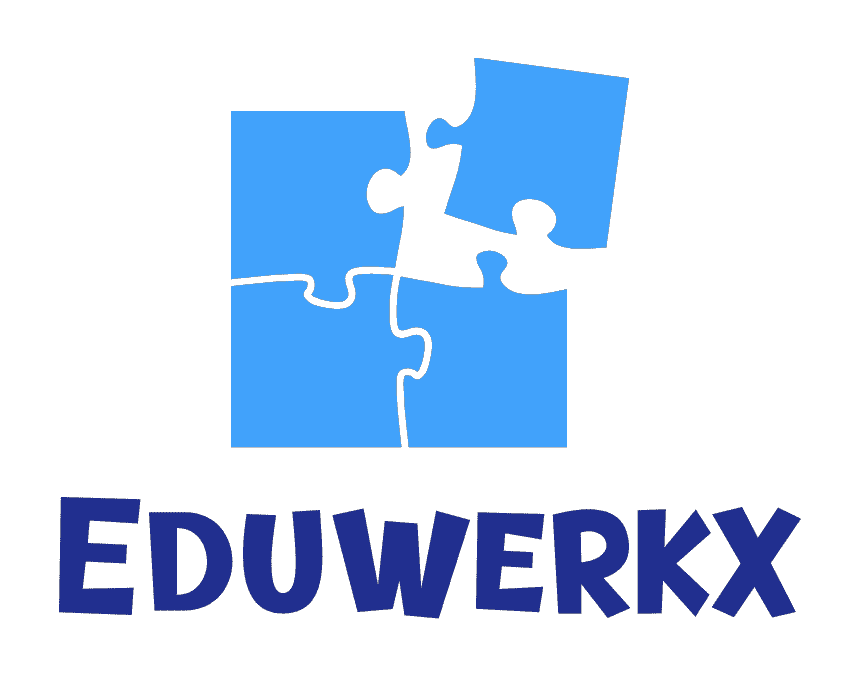We have been talking a lot about visual thinking, but we have never actually described how it looks like. Some of us use it without even realizing it, while others may not be familiar with it at all. So, what does visual thinking actually look like? Chances are, you’ve probably seen videos of it online without even realizing that’s what it was. An example would be someone solving a Rubik’s Cube: they study it for a moment, then put on a blindfold and complete the puzzle without looking. Feels like magic? It’s simply visual thinking in action.
As they turn the cube in their hands, they are also mentally visualizing each rotation, keeping track of the cube’s changing state in their mind. Another example is a group of students in class solving math problems using an imaginary abacus. They move their fingers as if they are sliding beads, performing complex calculations and solving problems faster than most of us can with a calculator. While it’s easy to assume these people are exceptionally talented, the truth is their abilities come from developing a natural skill we all have—spatial processing. It’s similar to having a dream—but with one key difference: we are in control, guiding every detail and action as it unfolds in our mind.
How Visual Thinking Works?
It’s probably obvious that in order to perform visual thinking, we have to first learn through images. Contrary to the metaphor we used previously to describe image-based learning—that we store complete “photographs” in our heads—this idea is misleading. In reality, our brains don’t retain perfect snapshots. Instead, the brain remembers by understanding spatial relationships, recognizing patterns, and understanding how different elements interact. For example, when we recall a friend’s face, we are not pulling up an exact picture. The brain reconstructs the face like an artist from stored patterns, features and context.
The brain doesn’t store your friend’s face as one complete image. Instead, it remembers what makes that face unique by comparing it to a basic “face template” that it has developed over a lifetime of seeing faces. With each new encounter, the brain slowly builds a statistical model of the features a face can have, and how they can vary. This process is similar to how Artificial Intelligence (AI) improves its facial recognition abilities by processing more and more images. It doesn’t memorize each face exactly, but learns patterns and variations to make faster, and more accurate judgments.
How Does Visual Thinking Help Us Understand Things That Word-Based Thinking Cannot?
People who rely mainly on word-based thinking have a tendency to overestimate their understanding. This happens because of the “comprehension ceiling”—a limit on how deeply words alone can express complex ideas. There’s also the risk of how often we confuse familiarity with words for actual understanding. This happens because of what psychologists call “fluency effect”—when information is easy to read or process, it feels like we understand it, even if we don’t. This is why studying by just reading a textbook or personalized responses from an AI tutor can feel like effective learning, even when true understanding may not be taking place.
In contrast, visual thinking goes beyond just recalling an image—you are actively building relationships between elements to create a mental picture or simulation. As you try to picture how something works, it immediately exposes gaps in your knowledge, revealing exactly where your understanding falls short. This process closely mirrors how AI models generate images: when asked to generate something they haven’t seen enough examples of, the output often becomes blurry, distorted or inconsistent—just like your mental image when your understanding of the concept is unclear.
The more vivid your mental image, the deeper your understanding. Conversely, when your knowledge is incomplete, the mental image becomes blurry or may not form at all. This makes visual thinking a powerful tool for identifying what you know—and more importantly, what you don’t. Curious why some visuals are just better than others for training visual learning? Stay tuned to find out!
